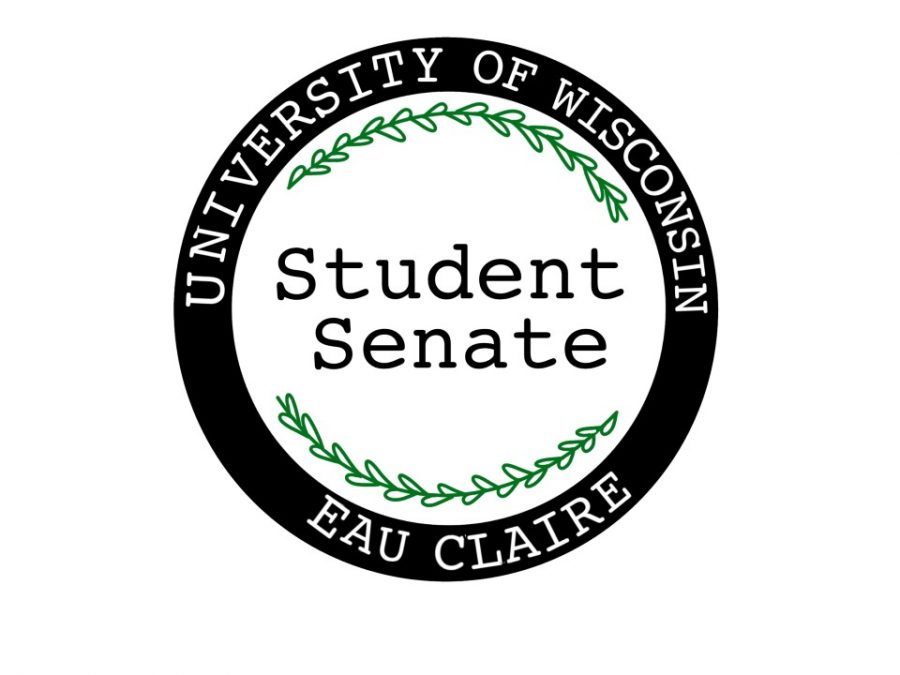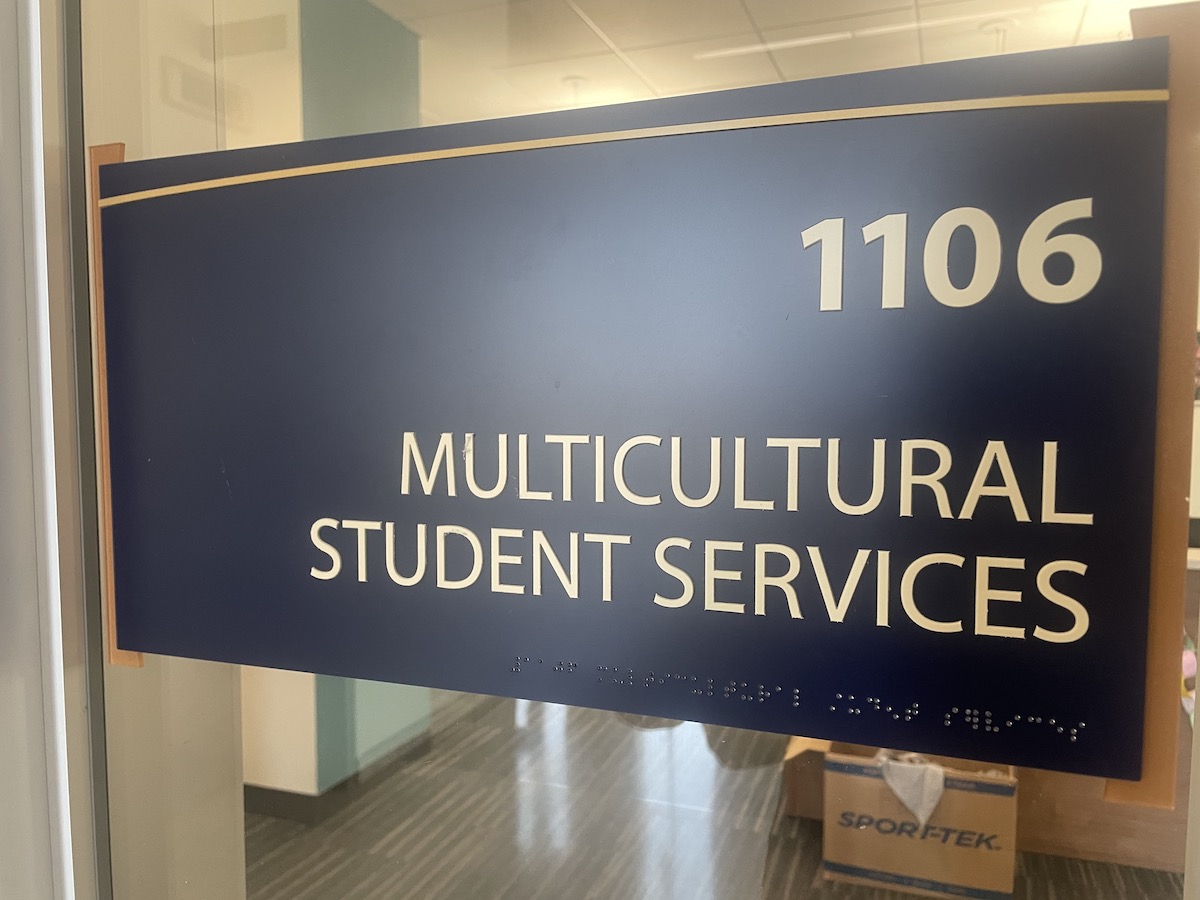 Renee Rosenow
Renee RosenowA four-hour chemistry lab makes for a long day. For senior Lee Behling, it’s only the beginning.
After years of involvement in collaborative research in the chemistry department, Behling is now a co-author of a research paper, which will be published in the Journal of American Chemical Society.
The paper, which focused on the molecule methanobactin, was also recently mentioned in Chemical and Engineering News, a news magazine that serves the field of chemistry.
“This is a big feather in his hat,” said assistant professor of chemistry Warren Gallagher about Behling’s published work. Gallagher was also involved in the project.
Coming from a small town, Behling had no idea his undergraduate career as a biochemistry and molecular biology major would offer such an opportunity.
“I came from a little high school that wasn’t highly academic,” he said. “I wasn’t really even thinking about it (research) and thought maybe at some point when I’m a senior I should try and do research. I guess it turned out a lot better for me than that.”
When Behling was a freshman, his analytical chemistry professor Jim Boulter suggested he become involved with faculty-student research. After looking around the department at research going on at the time, Behling approached Scott Hartsel and began researching methanobactin, a copper-binding molecule produced by bacteria that eat methane, an important greenhouse gas.
Methanobactin is found dissolved in the water surrounding the bacteria, Behling said, and one of the goals during the group’s research was to find its structure in that environment. A previously published structure of methanobactin had not been researched this way, and had relied on some educated guessing as to what that structure might be, Behling said.
During the summer of 2007, Gallagher became a key contributor to the research because of expertise in nuclear magnetic resonance (NMR) spectroscopy, which was used to look at the structure of the molecule more closely. Behling and Gallagher then took the project with them to the University of Minnesota-Twin Cities, where they spent the summer working in the laboratory of Gianluigi Veglia.
“I thought it was quite exciting to actually have the opportunity to do research in a graduate lab alongside actual graduate students,” Behling said. “The resultsÿobtained and the skills learned at the U of M really helped us push forward with our methanobactin research back at UW-Eau Claire.”
When the group began looking at their data, they found something unexpected – their research did not agree with what had already been published.
“The NMR was telling us the published structure was incorrect,” said Gallagher.
Additional experiments led the group to propose a revised structure for methanobactin. These findings seemed significant enough to merit submitting them for publication in the Journal of the American Chemical Society. Due to his hard work, Behling was named as a co-author of the paper submitted. David Lewis, a chemistry professor at Eau Claire, also contributed to the research and is a co-author of the paper.
Choosing to do undergraduate research is probably one of the best decisions Behling has ever made, he said.
Now, Behling said he would like to attend graduate school for biochemistry or a related field, and plans to keep his passion for research. He feels very fortunate to have had his work published in the JACS.
“It’s a very good feeling knowing your work is important to the scientific community.”






